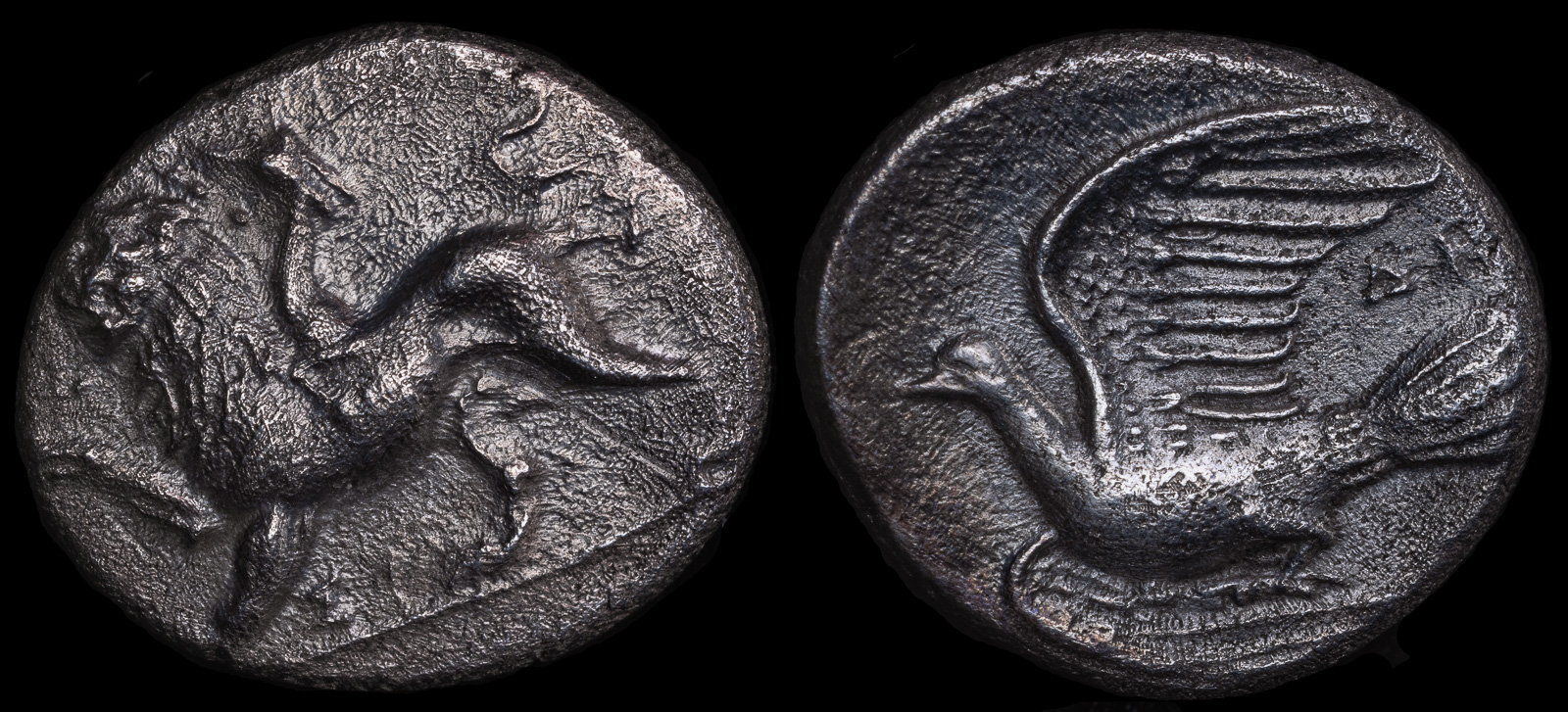Chimera
View All Tags
The Chimera’s mythological origins are found in Lycia, a region in what is now southwestern Turkey. According to the myth, the Chimera terrorized the land, ravaging the countryside and causing great fear among the inhabitants. It was the hero Bellerophon, often aided by the winged horse Pegasus, who was chosen to slay the beast. After a dramatic battle, Bellerophon was able to defeat the Chimera by attacking it from the air, using his advantage of flight to avoid the creature’s fiery breath. This story was emblematic of the hero’s bravery and skill, as well as the triumph of order over chaos.
In addition to being a powerful symbol in Greek mythology, the Chimera has also come to represent the blending of different elements or the impossible, as it is an unnatural combination of animal parts. The term “chimera” has since entered common usage in modern language, referring to any illusion or fantasy made up of incongruent parts. In science, the term has even been used to describe creatures that have cells from two different genetic sources, further demonstrating how this ancient mythological figure has influenced diverse fields of study.
The Chimera’s depiction in ancient art was equally striking, often rendered in Greek pottery and sculpture, where its monstrous form and fire-breathing ability were emphasized. As a representation of chaos, the Chimera was also sometimes associated with natural disasters, such as earthquakes or volcanic eruptions, as well as human vices and the perils of hubris. Its defeat by a hero like Bellerophon symbolized the potential for human courage and intellect to overcome nature’s most terrifying forces.

SIKYONIA. Sikyon
Circa 330-280 BCE
AE Triobol 15,5 mm, 2.72 g, 6 h
ΣΙ Chimera standing left with right forepaw slightly raised.
Rev. Dove flying left; above tail feathers, ΔΙ.
HGC 5, 213. BCD Peloponnesos 299